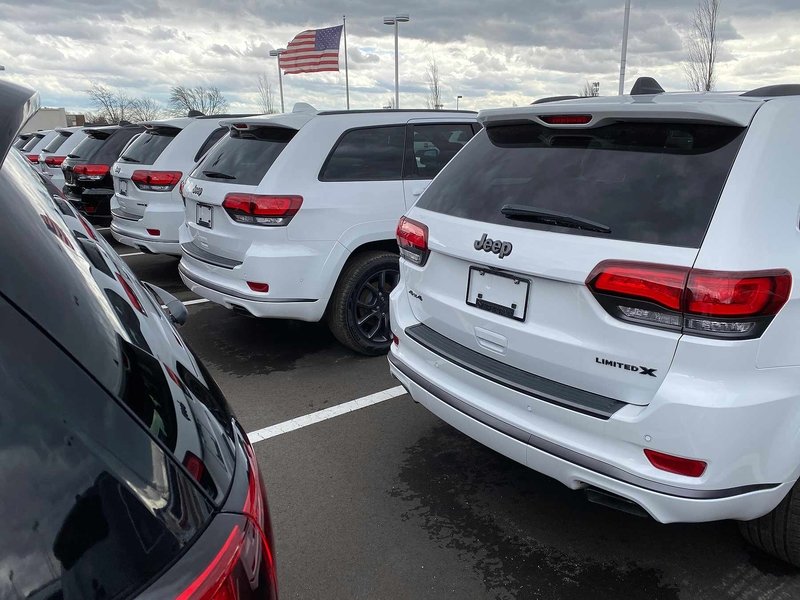
Under normal circumstances, seven-year car loans at 0 percent interest would result in a boon in the new-vehicle market. But these aren’t normal circumstances.
Because of the economic havoc being wreaked on the U.S. auto retail market by the coronavirus outbreak, industry analysts say the usually reliable incentives likely will fail to ignite sales this spring.
Not only are showrooms closed, with customers eyeing thinner wallets, vehicle values are on a slippery slope. Maryann Keller, automotive industry analyst and principal at Maryann Keller & Associates, said dropping used-car values put dealerships, auto lenders and customers in a bind. That means, on the new-car side, things are “going to get uglier before it gets better,” she said.
Automakers using extended loan terms to rejuvenate a rapidly decaying market face many challenges, including convincing customers to enter the vehicle market at a perilous time and asking dealerships to accept vehicle trades worth less today than mere weeks ago.
Vehicle pricing experts at Black Book said used-car values slipped slightly in the second half of March but haven’t fallen significantly because car dealerships are holding steady on inventory pricing. Another month of closures and job losses, however, could bring about an extraordinarily weak summer selling season.
Returning to the market in June will be “more than the typical number of leases, rental units and much weaker consumer demand,” said Alex Yurchenko, vice president of data science and analytics at Black Book. “A perfect storm that puts pressure on prices from both directions, supply and demand.”
Black Book is predicting an average 16 percent value decline for pickups and SUVs and an average 11 percent drop for sedans in June.
For customer trade-ins, typically a reliable source of used-car inventory, dealers “are gonna offer you a lot less for that car than they would have three months ago,” Keller said.
The coronavirus is occurring at a time when auto sales were already slated to slow. U.S. light-vehicle sales hovered at or above 17 million for five straight years, saturating the market. A preponderance of long-term car loans and record-high transaction prices mean there are more consumers in the market today with high auto debt relative to the vehicle’s value than even during the Great Recession, Keller said.
Jessica Caldwell, executive director of industry analysis at Edmunds, said customers carrying seven-year car loans won’t necessarily be out of the market for that long. If they come back early to get their next vehicle, those customers are more likely to be upside-down on those loans.
About 36 percent of all trade-in vehicles have negative equity, Edmunds estimates. But the amount of negative equity is growing.
Consumers who qualify for the more-generous automaker incentives also tend to skew to prime and super-prime credit tiers, Yurchenko said — customers who were already in the new-car market.
“It’s still a small subset of people that can afford that 84/0 interest. Prior to all those offers, they were still buying those cars,” he said.
Zero-percent interest long-term loans won’t be enough to keep 2020 vehicles ripe when showrooms reopen. Keller said the situation is reminiscent of 2008 with surplus supply and very little demand.
“Pent-up demand can stay pent up a long time,” she said. “Why should anybody think it will be different this time?”